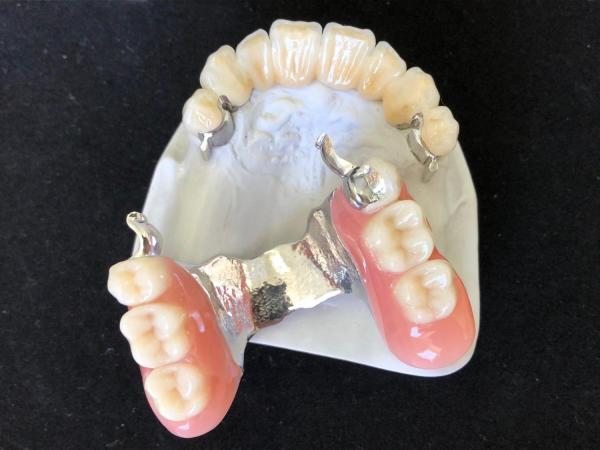
Silver Amalgam Restorations
Home-> services-> silver-amalgam-restorations

Silver Amalgam Restorations
Silver amalgam restorations, commonly referred to as silver fillings, are a type of dental restoration used to treat teeth affected by decay or cavities. They have been used in dentistry for many years and are known for their durability and strength. Here's an overview of silver amalgam restorations:
-
Composition and Appearance:
- Silver amalgam fillings are made up of a mixture of metals, including silver, mercury, tin, and copper. The metals are blended together to create a soft and pliable material that can be shaped to fill the prepared cavity.
- Despite the name "silver fillings," the final appearance of the restoration is a metallic gray color rather than silver.
-
Placement Procedure:
- The placement of silver amalgam fillings involves several steps. First, the dentist will numb the area around the affected tooth using a local anesthetic to ensure a comfortable procedure.
- The decayed or damaged portion of the tooth is removed, and the remaining tooth structure is prepared to create a space that will securely hold the filling material.
- The amalgam material is mixed and packed into the prepared cavity. It is then shaped and contoured to fit the tooth's anatomy.
- Once the amalgam material hardens and sets, the filling is polished to ensure a smooth and comfortable bite.
-
Durability and Strength:
- Silver amalgam fillings are known for their durability and strength, making them suitable for withstanding the forces of biting and chewing in the back teeth (molars and premolars).
- They have a long track record of success and can last for many years with proper oral hygiene and regular dental care.
-
Considerations and Controversy:
- One of the primary concerns associated with silver amalgam fillings is the presence of mercury. While the mercury is chemically bound within the amalgam, some individuals have expressed concerns about its potential release and effects on overall health.
- It's important to note that numerous scientific studies and organizations, such as the American Dental Association, have found that silver amalgam fillings are safe and effective when used as directed. The released mercury levels are well within safety limits.
- However, if you have specific concerns about the use of silver amalgam fillings or have specific medical conditions, it is best to discuss them with your dentist, who can provide you with information and alternative options.
-
Alternative Restorative Materials:
- With advancements in dental materials, there are now alternative options available for tooth-colored restorations, such as composite resin fillings and porcelain inlays or onlays.
- These tooth-colored materials offer aesthetic benefits as they closely match the natural color of your teeth, making them more discreet compared to silver amalgam fillings. They are commonly used for visible front teeth or for patients who prefer a more natural-looking restoration.
If you have cavities or tooth decay, it's important to consult with a dentist who can evaluate your specific situation and recommend the most suitable type of dental restoration. They will consider factors such as the location of the cavity, your oral health needs, and your aesthetic preferences to help you make an informed decision.















